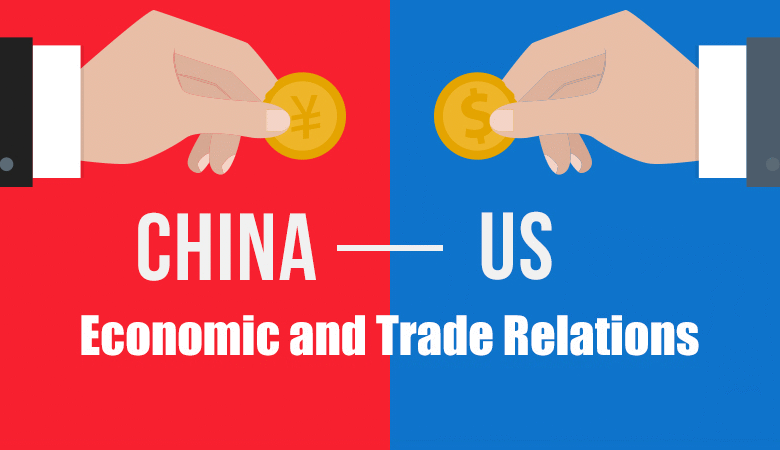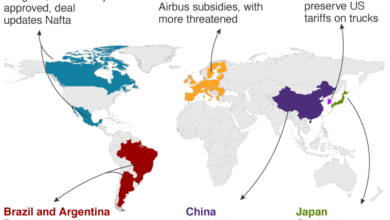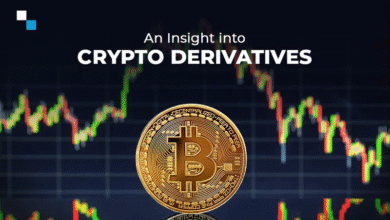China U.S. Trade Relations: Retaliation Against Collaborators

China U.S. trade relations have become a focal point in global economics, characterized by escalating tariffs and intense negotiations. As two major economies grapple with the implications of their policies, tensions have risen sharply due to recent actions taken by the U.S. administration, including the imposition of tariffs and the use of economic sanctions. In response, China has warned that it may retaliate against countries cooperating with the U.S. to undermine its interests, complicating international trade dynamics further. This adversarial climate points to the intricate dance of trade negotiations, where each side seeks leverage while navigating the potential fallout of economic retaliation. Understanding the complexities of these relations is essential for stakeholders worldwide as they prepare for the ripple effects of this trade battleground.
The ongoing conflict between the United States and the People’s Republic of China is a crucial aspect of contemporary global commerce, often referred to as the U.S.-China trade war. This dynamic relationship has seen both sides engaging in strategic tariff discussions, with the U.S. employing significant trade barriers while China threatens to respond to perceived aggressions. As international trade evolves amidst these pressures, the actions taken by the U.S. and China’s countermeasures become key topics of concern for economies worldwide. The recent developments amplify the urgency for effective trade negotiations, emphasizing the need for clarity and cooperation in a landscape marked by economic sanctions and retaliatory maneuvers. Hence, examining this trade rivalry sheds light on the broader implications for global market stability and international relations.
The Ripple Effect of U.S. Tariffs on Global Trade
The imposition of U.S. tariffs has far-reaching implications that extend beyond the borders of the United States and China. Countries around the world are being drawn into the conflict, as they face the challenge of navigating a trade landscape heavily influenced by U.S. economic policies. For nations that rely on trade with China, the U.S. tariffs create a complex balancing act, forcing them to reconsider their business strategies and trade partnerships. The potential for economic sanctions from the U.S. against nations that do not comply can further exacerbate the situation, creating a climate of uncertainty in international trade.
Moreover, the retaliatory measures from China in response to U.S. tariffs highlight the interconnected nature of global markets. As China raises its tariffs on American goods and imposes sanctions on U.S. firms, it underscores the potential for a tit-for-tat scenario that can destabilize economic relations. This dynamic not only affects U.S.-China trade but also poses risks for other trading partners, including Europe and Southeast Asian countries that may find themselves in the crossfire of an escalating trade war.
Frequently Asked Questions
What are the implications of U.S. tariffs on China U.S. trade relations?
U.S. tariffs on Chinese goods have significant implications for China U.S. trade relations, leading to increased trade friction and retaliatory measures from China. These tariffs result in higher prices for consumers and can disrupt supply chains, ultimately affecting both economies.
How does China retaliate against U.S. tariffs in the context of China U.S. trade relations?
In response to U.S. tariffs, China has employed various retaliatory measures, including imposing its own tariffs on American products and restricting the export of critical minerals. This reciprocal action reflects China’s commitment to defending its economic interests amid escalating trade tensions.
What role do trade negotiations play in China U.S. trade relations?
Trade negotiations are vital in shaping China U.S. trade relations, as they provide a platform for both countries to address disputes and propose solutions. Ongoing negotiations can lead to agreements that potentially lower tariffs and enhance cooperation, but they also face challenges due to differing national interests.
How are international trade regulations affecting China U.S. trade relations?
International trade regulations significantly impact China U.S. trade relations, as both countries navigate their compliance with global trade rules. Disputes often arise when one country perceives the other as abusing trade agreements, leading to escalating tensions and potential sanctions.
What are the consequences of economic sanctions on China U.S. trade relationships?
Economic sanctions can severely strain China U.S. trade relationships by limiting bilateral trade and investment. These sanctions often provoke retaliatory measures from China, further escalating tensions and affecting global market stability.
What recent developments highlight the challenges in China U.S. trade negotiations?
Recent developments, such as China’s imposition of high tariffs on American goods and the appointment of new trade negotiators, underscore the complexities in China U.S. trade negotiations. The ongoing disputes and retaliatory actions indicate a challenging path towards a mutually beneficial agreement.
How does China’s stance on tariffs reflect its broader trade strategy with the U.S.?
China’s firm stance against tariffs illustrates its broader trade strategy to protect its economic interests while advocating for multilateral cooperation. By portraying U.S. tariff actions as unilateral bullying, China seeks to rally international support against perceived economic aggression.
What is the impact of the U.S.-China trade war on global markets?
The U.S.-China trade war has far-reaching effects on global markets, causing volatility and uncertainty. As the two largest economies implement tariffs and sanctions, other nations may face indirect impacts, including disrupted supply chains and shifts in trade partnerships.
| Key Point | Details |
|---|---|
| Retaliation Threat | China warns it will retaliate against countries cooperating with the U.S. in detrimental ways. |
| U.S. Tariff Strategy | The Trump administration is leveraging tariff negotiations to pressure allies against China. |
| China’s Response to Tariffs | China has imposed a 125% tariff on U.S. goods and limited exports of key minerals. |
| International Trade Risks | China emphasizes the dangers of trade conflicts stemming from ‘the law of the jungle’. |
| Leadership Changes | Li Chenggang appointed as China’s new top international trade negotiator. |
Summary
China U.S. trade relations are increasingly strained as China issues stark warnings of retaliation against countries collaborating with the U.S. in diminishing Beijing’s interests. The Chinese government has underscored that any agreements made at the expense of its economic position will provoke strong countermeasures. As the U.S. employs tariffs strategically against China and pressures its allies, the risks of a larger trade conflict loom. Consequently, China is repositioning its trade strategies towards Southeast Asia, aiming to maintain its economic partnerships while managing its disputes with the U.S.




